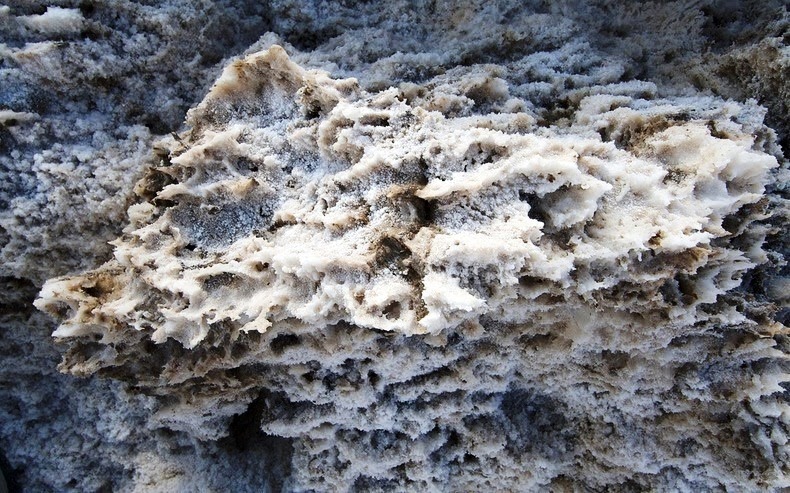Rock City is a roadside
attraction on Lookout Mountain in Lookout Mountain, Georgia, situated near Ruby
Falls. It is well known for the many barn advertisements throughout the
Southeast and Midwest United States that have the slogan "See Rock
City" painted on roofs and sides. Rock City claims that it is possible to
see seven states from Lover's Leap, a point in Rock City, but this has not been
proven. In 2006 Rock City began having daily bird shows for its visitors. Every
fall season Rock City creates a maze using crops of corn in the valley below
the gardens.
There are also hay rides and
other seasonal activities at the maze site. The name of this event is "The
Enchanted MAIZE". Every year from Nov to Dec Rock City by lighting the
park with lights and displays called “Enchanted Garden of Lights”. History
tells that Native Americans populated Lookout Mountain at some stage. By the
time the American Civil War reached the slopes of Lookout Mountain, further
people had revealed what was already being called Rock City. During the Battle
of Lookout Mountain, both a Union and a Confederate claimed that seven states
could be seen from the summit of the mountain. Rock City did not become popular
tourist attraction until 20th century, but later on developed a
residential neighborhood on top of the mountain, called “Fairyland” because of
his wife’s Frieda. One important feature of this Fairyland is to build a
miniature golf course, now recognizes as the nation’s first mini-golf
course.
Fairyland was 700 acres and
encompassed Rock City, and Frieda made some brave decision to to make the
property into one big rock garden, planted wildflowers and other plants along
the trails and imported German gnome statues and other famous fairytale. These
decisions make big impact on traffic and Rock City made a big public attraction
in 1932. The beautiful Rock City contains hundreds of labeled local trees,
plants, variety of unique and bizarre rock formations. Legend states that an
Indian who loved a woman from a rival tribe was thrown from the mountain when
he was discovered. Near Lover's Leap is a beautiful view of the High Falls of
Lookout Mountain. The award-winning, light show features over 30 holiday scenes
that transform the garden’s natural daytime splendor into a nocturnal
fantasyland. Visit with St. Nick and his elves! Enjoy gingerbread cookie
decorating, hot cocoa, Sugar Plum Fairy Makeovers and nightly entertainment at
the North Pole Adventure! See elves harvesting candy canes and building toys.


























































